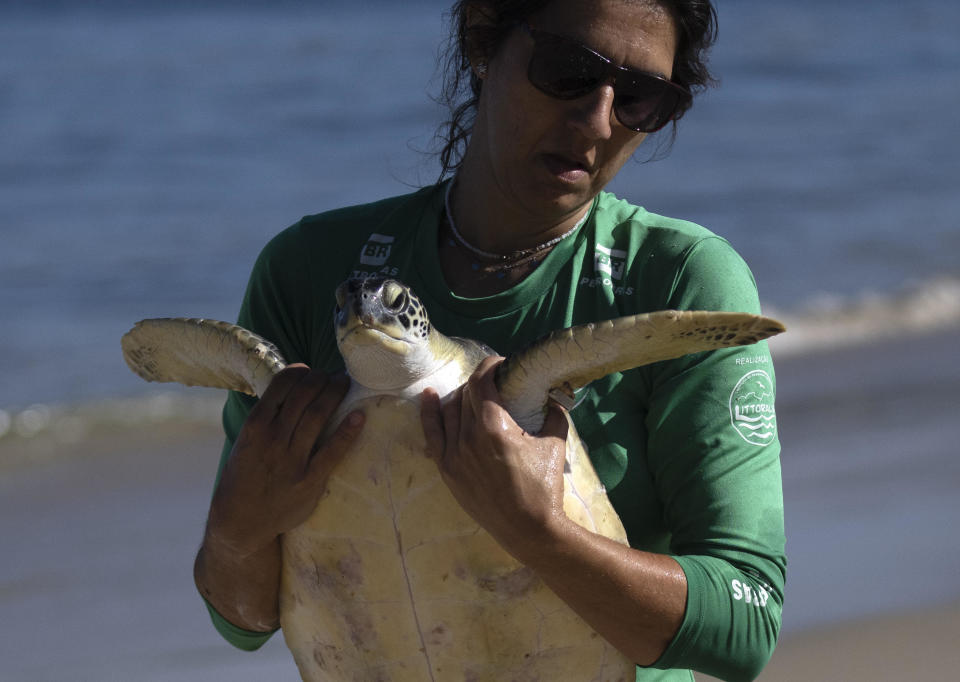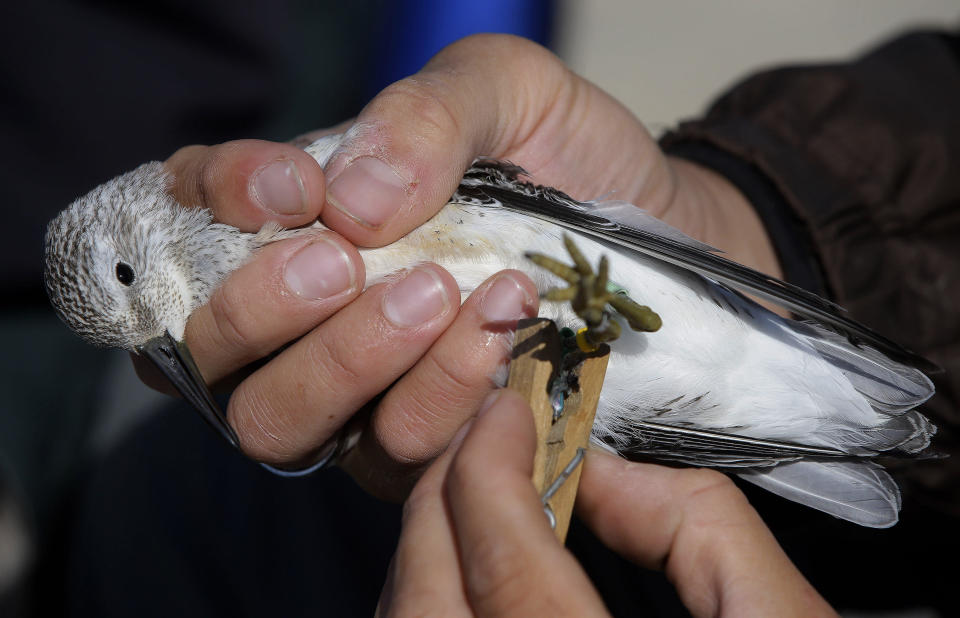From African elephants searching for water, to turtles that cross seas to nest, and albatrosses in search of food that spans the ocean, the world’s migratory species are under threat around the world, according to a landmark report on Monday.
The first ever State of the World Migratory Species assessment, which focuses on the 1,189 species covered by the United Nations Convention on the Conservation of Migratory Species of Wild Animals (CMS), found that one in five are threatened with extinction and 44 percent being seen. their populations decline.

Humans are to blame, by destroying or breaking up habitats, by hunting, and by polluting areas with plastics, chemicals, light and noise.
Climate change also threaten to disrupt migration routes and times, by changing seasonal conditions.
“We are finding that the phenomenon of migration itself is under threat,” CMS chief executive Amy Fraenkel told AFP, adding that the report should be a “wake-up call about what is happening.”
The report was released as more than 130 signatory countries — with the United States, China, Canada and Russia notably missing — gathered for a conference in Samarkand, Uzbekistan from February 12 to 17.
“These are species that move around the world. They move to feed and breed and they also need stopover sites,” said the Associated Press’ Kelly Malsch, lead author of the report.
“Migration is essential for some species. If you cut migration, you’re going to kill the species,” Duke University ecologist Stuart Pimm, who was not involved in the report, told the AP.


Migratory species often rely on highly specialized sites for feeding and mating and the journeys between them can cross international borders and even continents.
Iconic species that make some of the most extraordinary journeys across the planet include the monarch butterfly, the humpback whale and the shearwater turtle.
“Today’s report sets out the evidence that unsustainable human activities are putting the future of migratory species at risk,” said Inger Andersen, head of the United Nations Environment Program (UNEP).
Several factors behind the danger
Among the main threats are agriculture and fishing.
Farming can destroy habitat, Fraenkel said, and “bycatch” by fishing vessels — when fish or other animals are entangled by fishing gear — is the biggest ongoing threat to whales.
She said while habitat destruction is considered the main risk to migratory animals, for some species the report found it was “intentional killing” for wild meat or sport, or because the animals are thought to be pests.
“We have now identified a major gap that needs to be acted upon,” she said.
The report, compiled by UNEP’s Global Conservation Monitoring Centre, found that 70 CMS-listed species have become more threatened over the past three decades, including the steppe eagle, the Egyptian vulture and the wild camel.
Only 14 of them now have enhanced conservation status — including blue and humpback whales and the white-tailed sea eagle.
By the numbers
Of the 158 mammals listed under the convention, 40 percent are globally threatened, according to the report.
Meanwhile nearly all — 97 percent — of the 58 fish species listed are at risk of extinction, including migratory sharks, rays and sturgeons.
There are more than 960 bird species on the CMS list and although only 14 percent were considered threatened, the authors emphasized that this still represents 134 species.
The report also found that 399 migratory species – including albatross, thresher sharks and stingrays – are in the threatened or near-threatened category but are not yet CMS listed.
The report, which is planned to be added to the Samarkand conference, focuses on the species most at risk, highlighting the threats from fishing, farming and pollution.
They represent a landmark biodiversity agreement in 2022, when countries agreed to conserve 30 percent of the planet’s land and sea by 2030.
Many of the migratory species listed on CMS provide economic value or useful “services” to humans — from tourism focused on whales, dolphins, elephants and cheetahs to the pollination provided by birds and bats.
But Fraenkel said these species also connect communities around the world, and their departure and arrival are celebrated throughout the seasons.
“They are amazing creatures,” she said.
Paul Giamatti, Oscar nominee 2024 for “The Holdovers”
“Hello Vincent”: Artificial intelligence brings Van Gogh to life
Jon Stewart | 60 Minutes Archive